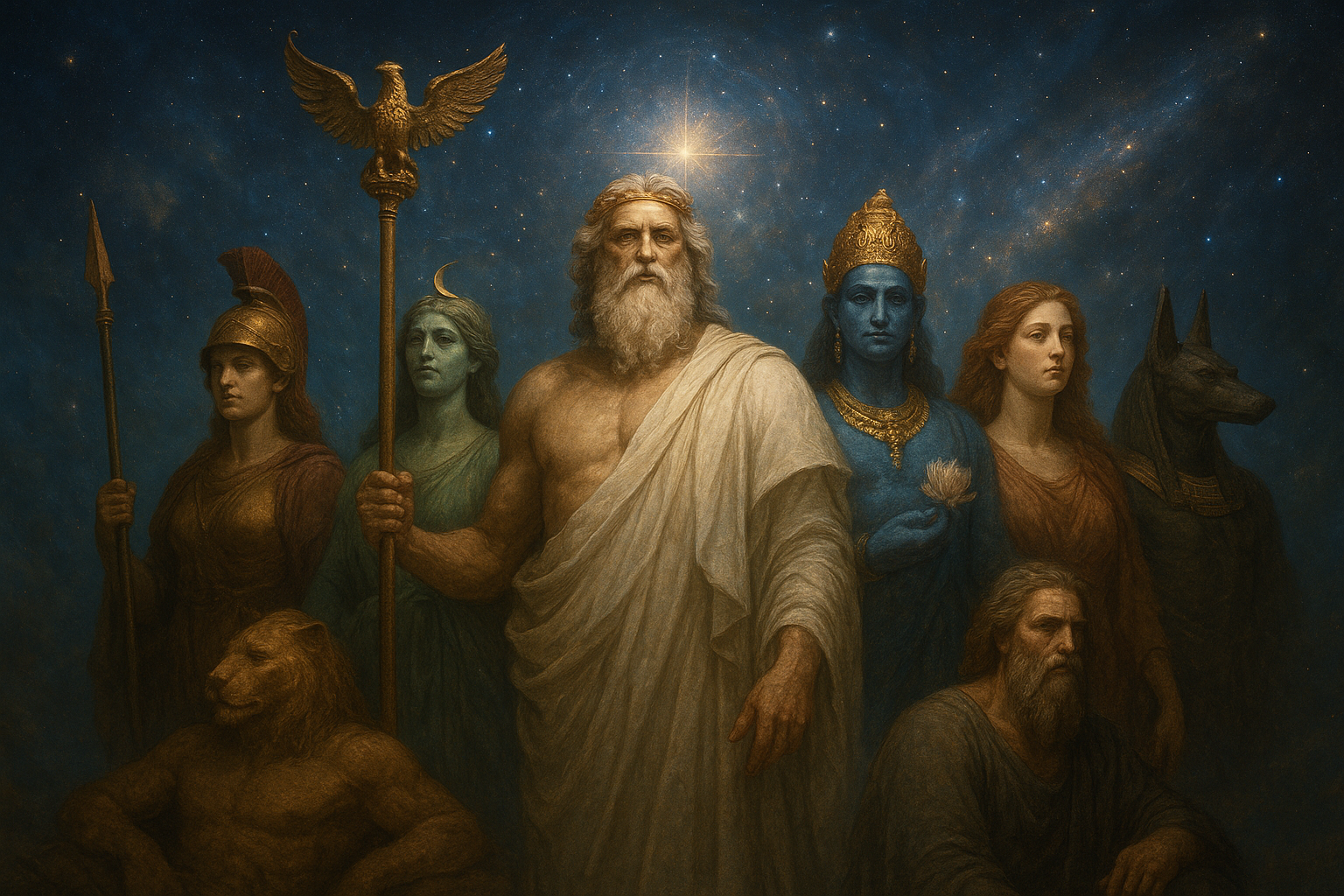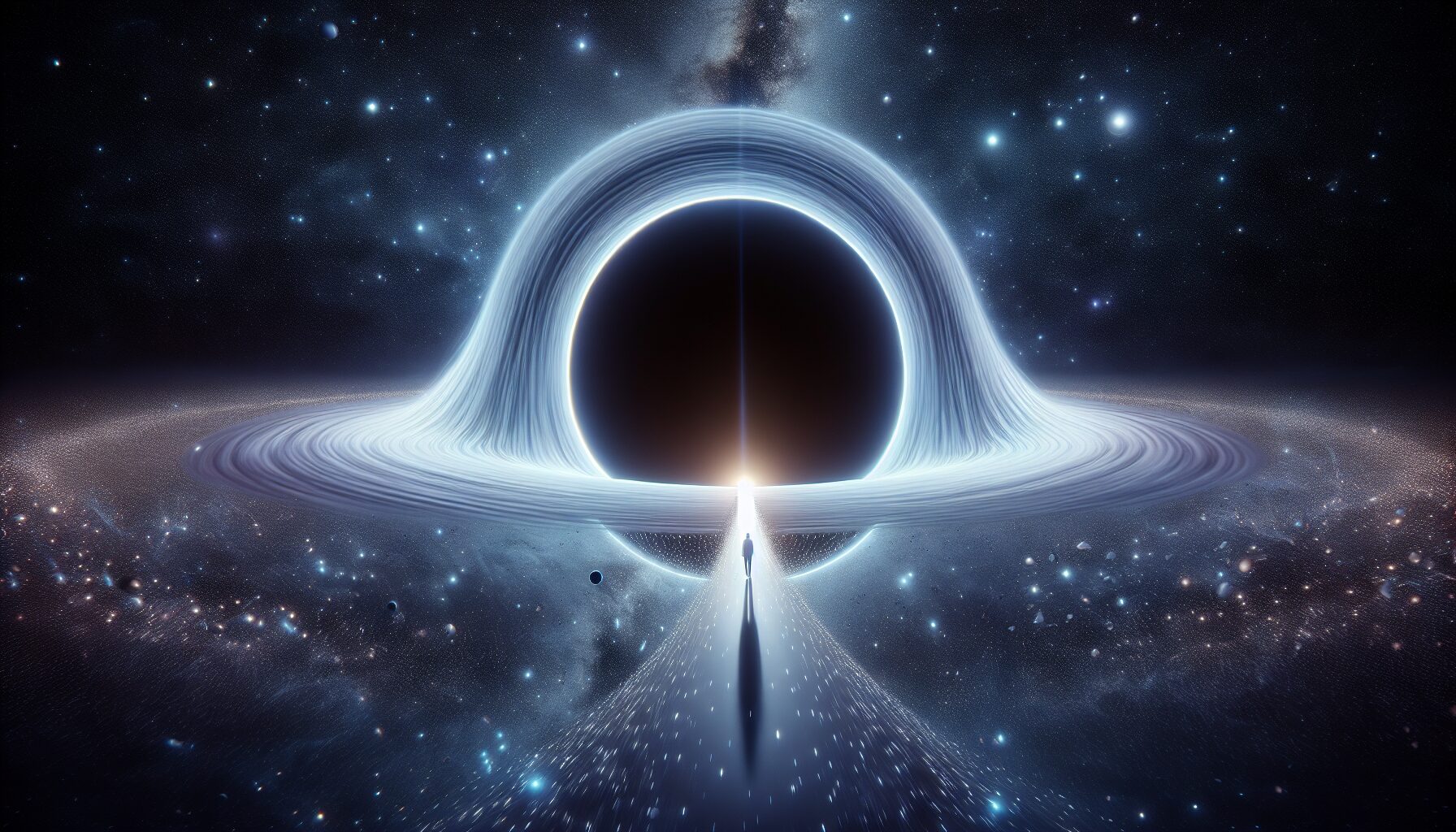The concept of an astral graveyard resonates deeply within numerous cultures and traditions, a metaphysical plane where life and death intertwine amidst the cosmos. Across various mythologies and spiritual beliefs, the astral graveyard serves as both a metaphorical and literal space inhabited by spirits and myths of eternity.
Understanding the Astral Plane
The astral plane, often considered a realm of consciousness separate from the physical world, is a spiritual dimension where souls travel after death or during altered states of consciousness like dreams or deep meditation. Theosophist C.W. Leadbeater described this plane as “a world more tenuous than the physical.” [source]
In various traditions, the astral plane and the concept of death intertwine as part of a larger cosmic order. Here, souls navigate the cosmic fields, often journeying to what many traditions colloquially term the “astral graveyard”. But what exactly is this realm, and how has it been perceived across different cultures?
Death Mythologies and the Astral Journey
- Egyptian Mythology: In ancient Egyptian cosmology, the astral graveyard might be interpreted through the concept of the Duat. This underworld was filled with obstacles, and souls ventured through it after death, guided by the Book of the Dead. Their ultimate destination was the Field of Reeds, where they could enjoy eternal peace if judged worthy.
- Greek Mythology: The Greeks believed in an underworld where souls were ferried across the River Styx by Charon. The concept of the Elysian Fields resonates with the idea of an astral graveyard, offering a peaceful afterlife for those worthy of divine favor.
- Hinduism: Hindu beliefs about the afterlife involve reincarnation and karma. The astral plane or “Astral Lokas” are realms where souls rest between earthly incarnations, judged and prepared for their next journey in the cycle of Samsara.
Modern Interpretations and Cosmic Connections
In modern spirituality, the astral graveyard is sometimes viewed through the lens of cosmic consciousness. With the rise of astral projection practices, individuals attempt to deliberately journey to these ethereal planes, experiencing a reality unbound by physical laws. As psychiatrist Stanislav Grof notes, “The psyche’s deeper strata…is a repository of memories that transcend individual experience.” He emphasizes a universal connection between consciousness and the cosmos. [source]
This view presents the astral graveyard not merely as an end, but as a continuum of a soul’s evolution and existence beyond mortal understanding. Mystics speak of it as a space where souls review their life’s lessons and align with the universe’s broader, cosmic wisdom.
The Symbolism of the Astral Graveyard
The symbolism tied to the astral graveyard is rich and multifaceted:
- Transformation and Transition: Death in the astral realm often symbolizes transformation, a stepping stone into a higher state of being or consciousness.
- Reconciliation and Judgment: Many beliefs describe the astral graveyard as a place of judgment, where souls reconcile with their earthly actions, echoing legends of divine judgment and redemption.
- Eternal Peace: Ultimately, the astral graveyard offers an image of eternal peace and the soul’s liberation from worldly attachments, aligning with the quest for nirvana or spiritual awakening.
Reflecting on Death in the Cosmic Context
Throughout history, humankind has grappled with the concept of death, crafting rich tapestries of stories and beliefs to understand its place within the cosmic order. The astral graveyard emerges not only as a place of rest but as a reflection of our ongoing quest to comprehend the soul’s eternity within the vast universe.
Reflecting on these cosmic tales offers comfort, reminding us that death, rather than an end, is part of a grand, unfolding narrative that transcends our mortal coil.
“Stories that encompass the vast unknown provide a sense of solace, offering glimpses of the infinite possibilities that lie beyond the realm of physical existence.” — BBC Culture
The astral graveyard, in its myriad interpretations, continues to inspire both wonder and introspection, urging us to explore the mysteries that reside at the edges of our reality, forever urging us towards spiritual enlightenment.


